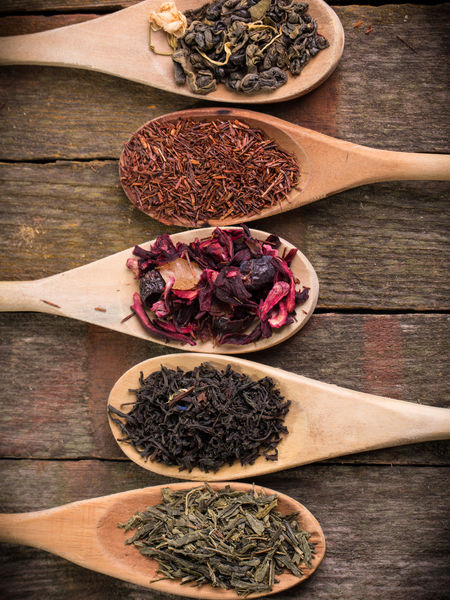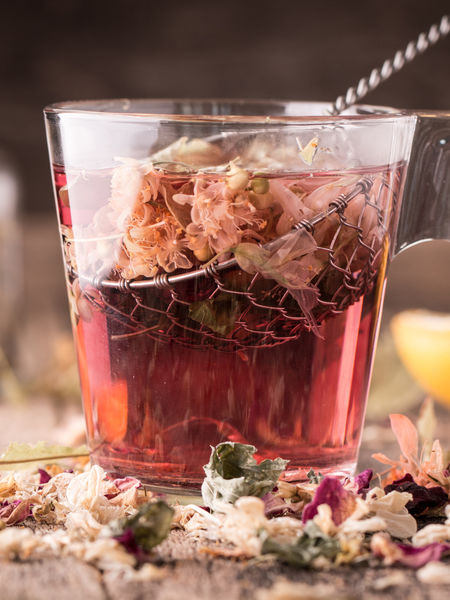Mix It Up: 5 Ways to Blend Different Teas Together


To some, the perfect cuppa might be one tried-and-true blend. To others, it could be multiple tea blends popped into a tin to mellow and let the flavors marry. Trying different teas together may also lead to you to finding a new favorite - or liking a type of tea you’ve shied away from in the past. While the process may seem daunting, it’s actually fun to scour the cupboards for bits of tea that need using up. Here are five things to think about before you get blending!
1. Flavor comes first
The saying goes that “beauty is in the eye of the beholder” and the same is true for tea drinkers. What you love might not be a friend’s cup of tea - and that’s okay! This is about expanding your horizons and finding new blends that match your own tastes.
For an Earl Grey fan, you might consider blending it with a cream or orange flavored tea to bring out the bergamot flavor. If you like things on the lighter side, you might make a calm chamomile tea even more relaxing by adding french lavender or jasmine tea. Rooibos pairs well with a variety of flavor palettes including chai, citrus, or berry and can lighten up black teas, too. Want to deepen the flavor of your favorite black tea? Pu-erh and Lapsang Souchong are both excellent choices. Pu-erh can add a extra body with a clean finish while Lapsang Souchong can provide both smoke and sweetness.
2. Take temperature into consideration
Different teas blend at different temperatures, so consider matching blends based on which families they fall in. Black teas brew at higher temps, while green, white, and herbal teas tend to brew better at lower temperatures. Rooibos is a sort of middle group tea and could partner well with both darker and lighter teas.
How you serve the tea can make a world of difference, too. Lighter teas are typically better iced, but darker brews can also benefit from being served chilled or cold brewed.
3. Find the right ratio
With the flavors decided, the next step is to decide how much you want of each flavor. Is it a straight 50/50 split? Or maybe 60/40 or 70/30? What flavor do you want to serve as the base or the accent? As you get more comfortable with blending you can increase or decrease the ratios based on what appeals to your taste buds.
Working with what you currently have in your tea cabinet? Try adding a spoonful or two and brewing a small pot. Take notes on what you like or how you could improve and continue experimenting until you find the sweet spot. This is also a great way to use any bits and bobs of tea leaves left at the bottom of the tin that aren’t enough to make its own cup.
4. Accent or no accents?
Once the main components of your blend are settled on, you may also want to add an accent to further develop the flavors you’ve mixed together. That could include an extra dash of spice, fruits (like dried blueberries in a berry-based Earl Grey) floral elements (like rose petals in a white tea blend) or even candy (such as sprinkles or candy cane pieces in a mint-based blend). Other accents, such as cornflowers or saffron, can add color rather than flavor. But these elements can make your cup of tea aesthetically pleasing while you unwind and enjoy.
5. Condiments complete the picture.
Once you’ve got your blend created, how do you want to drink it? Plain? With sugar?
Ready to start blending? We make it easy to find a new favorite. Check out the Create Your Own Blend page for a step-by-step guide to mixing up a tea that’s as unique as you!
